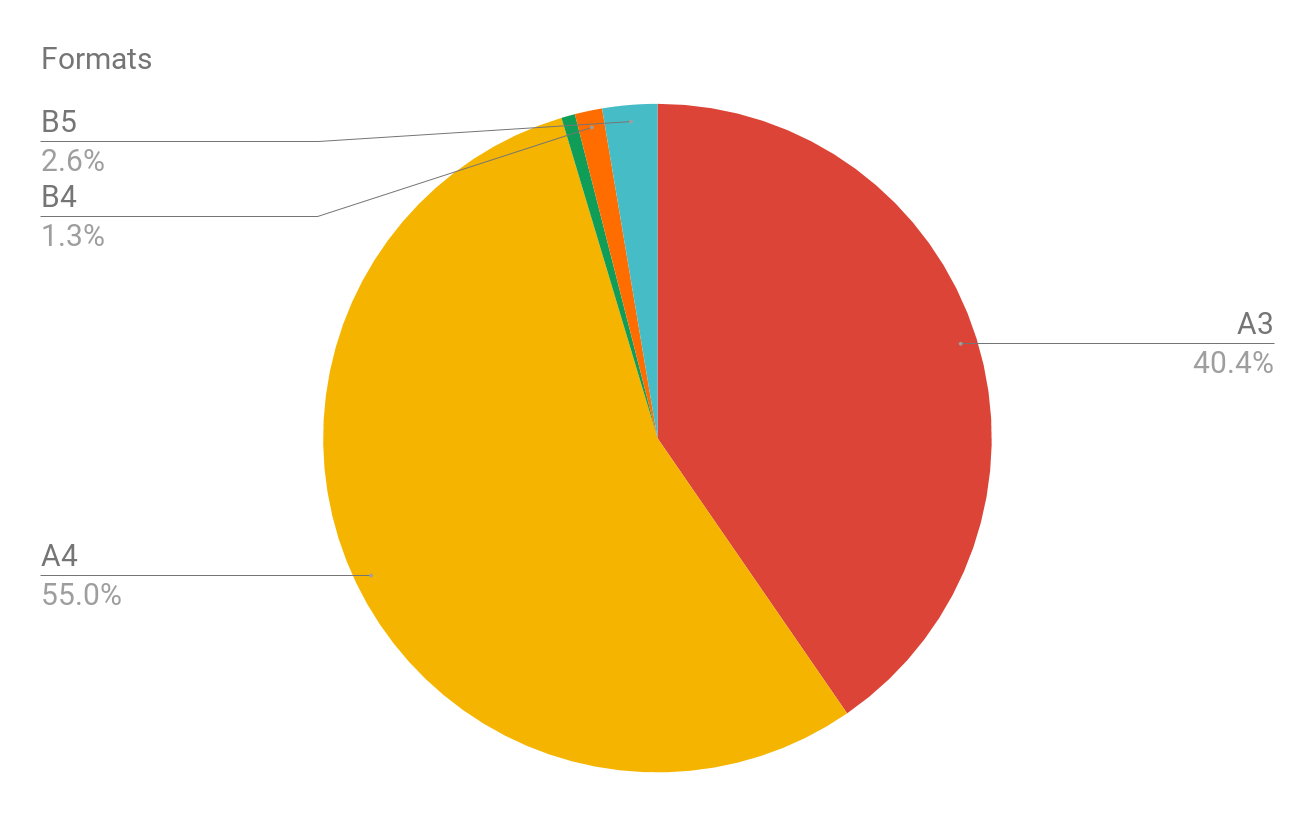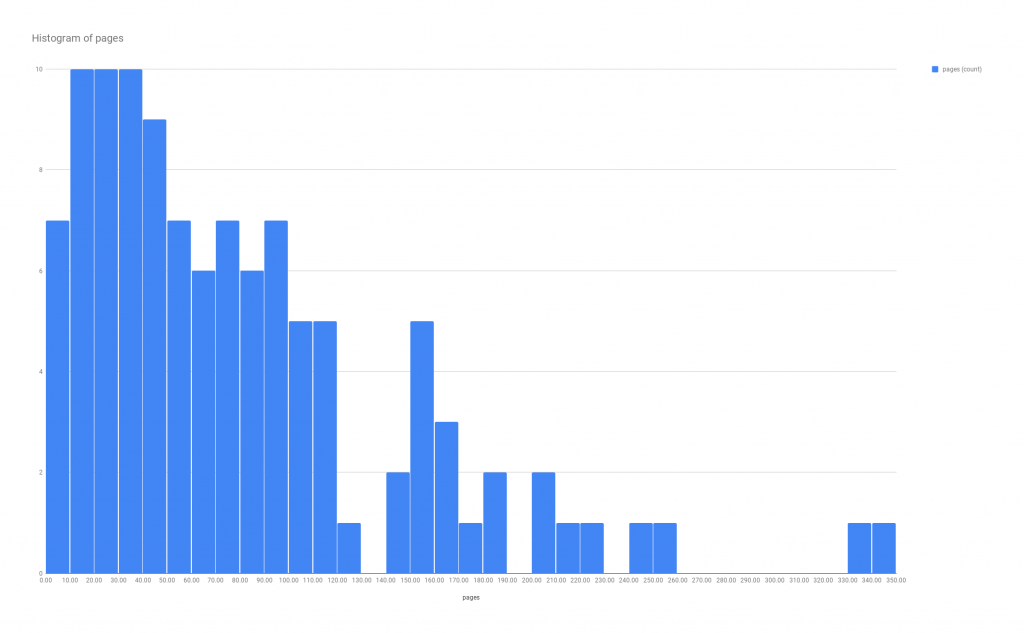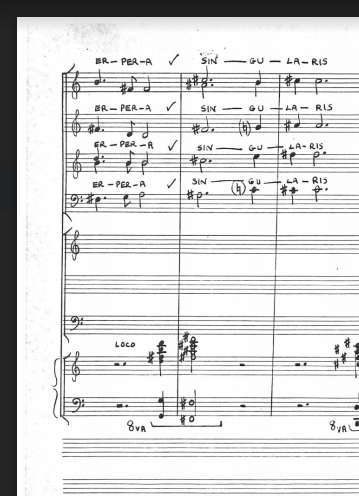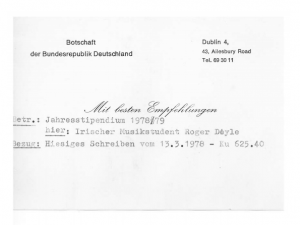CMC Digitisation Project report - Michael Kurzmeier
NUI Maynooth Digital Humanities PhD student Michael Kurzmeier reports on his approach and experience of working on a project to digitise a collection of CMC’s scores and ephemera. The project was recently completed thanks to funding from the Department of the Arts, Heritage, Regional, Rural and Gaeltacht Affairs/Creative Ireland 2018 Cultural Digitisation Scheme. Read about some of the background to the project here and a report from Dr Anja Bunzel on some of the music digitised here.
The Contemporary Music Centre (CMC) holds over 9000 works by over 220 Irish composers. Many of these works are unpublished single copies or original manuscripts. CMC started digitising its sheet music collection in 2008 and currently has about 60% of the material available as digital copies. When I read the call for proposals CMC had send out to our department looking for applicants to help with their digitisation project, I had some translation work to do. Coming from university projects with their academic and theoretical background where the ratio between learning and getting stuff done is about 50:50 to a professional engagement with a fixed deadline and way smaller margin for errors, it required some adjustment. The agreement between the CMC and the digitisation team was on about 220 items (scores and ephemera) within a period of approximately 7 weeks. Helping me with all things musical was Dr Anja Bunzel who has written about the musical side of this project. Equipment was going to be provided by the CMC and the work carried out on site due to the vulnerable nature of some of the materials. We agreed on a workflow that would allow for batch processing and feedback on quality before moving on to the next batch.
Workflow

This was the workflow I proposed to the CMC. The workflow was focussed on multiple backups of every file to reduce the number of re-scans necessary. This worked well, with very few scores having to go on the scanner more than once. Another focus was batch processing, usually in batches of 15 scores. Through this, issues could be identified early on, and CMC library staff could also give feedback on quality during digitisation.
Numbers
Digitisation was carried out with an Epson scanner, specially purchased for the project. About ⅔ of the material was loose pages and could be fed through the document feeder while the remaining ⅓ had to be put on the flatbed scanner. Sizes varied between A3 and custom cutouts.

| Sum pages | 13797 |
| Item total | 264 |
| Avg | 52.26136364 |
A total of 13797 pages were scanned during the project, while the average score had about 52 pages. The more a project moves towards large collections like this one, the more planning and a proper workflow become important.

Material
The majority of the material was very easy to feed through the scanner and required little manual work. As default, pages were de-skewed, sharpened and toning was applied. In the most cases, this led to a very good outcome.

Some of the material was problematic for a number of reasons, including:
- Any kind of binding that would require using the flatbed scanner
- Photocopied manuscripts with a “kiss of grey” from the copy machine
- Fragile material that could not go through the document feeder
- Damaged or incomplete material
These problems were solved mostly through manual editing of the material and notes were left in the metadata if pages were missing.
Metadata
Metadata was created with a view to the specific requirements of CMC's information systems. Metadata included instrumentation for scores and works performed, and composers referenced for ephemera.
Outlook

The digitised material will become part of the CMC’s online catalogue. Scores that only existed as a single copy in a Dublin basement will become digitally available to musicians and students alike. Almost 14.000 pages of scores and emphemera now have much better chances of surviving and being available as part of Irish cultural heritage. Including this lovely note from the German Embassy to "Irischer Musikstudent Roger Doyle". Maybe this is another story waiting to be told ...
